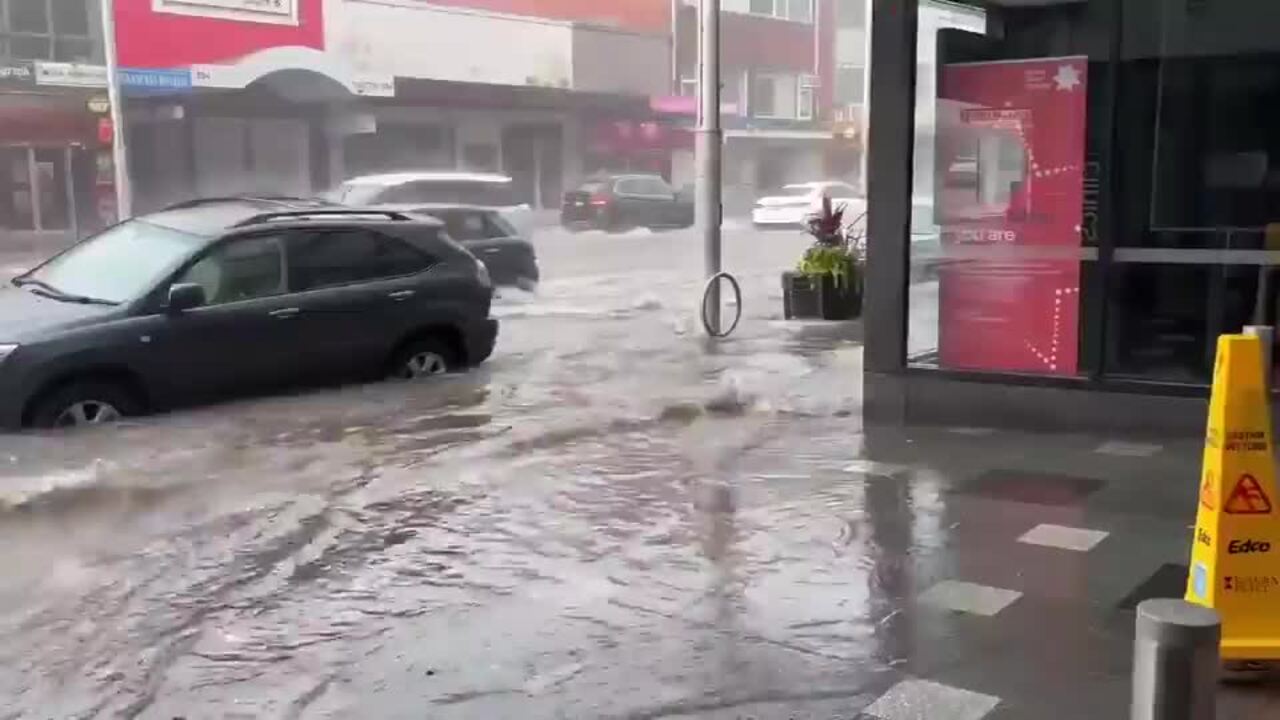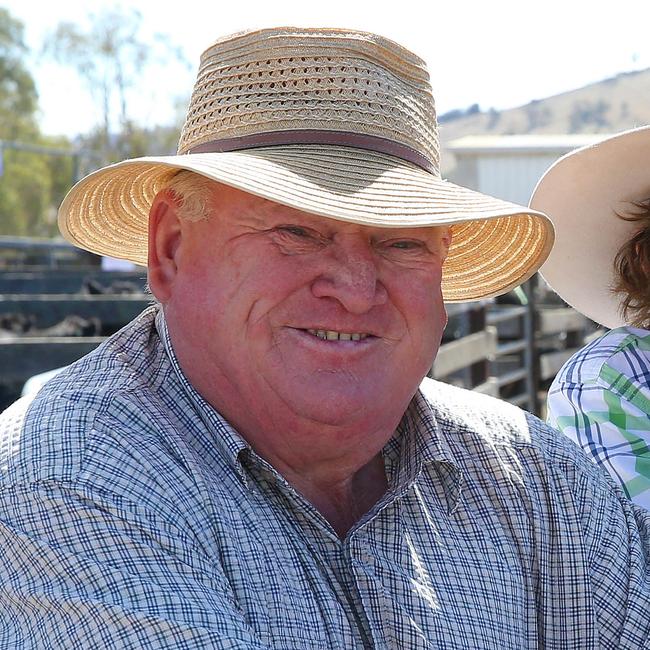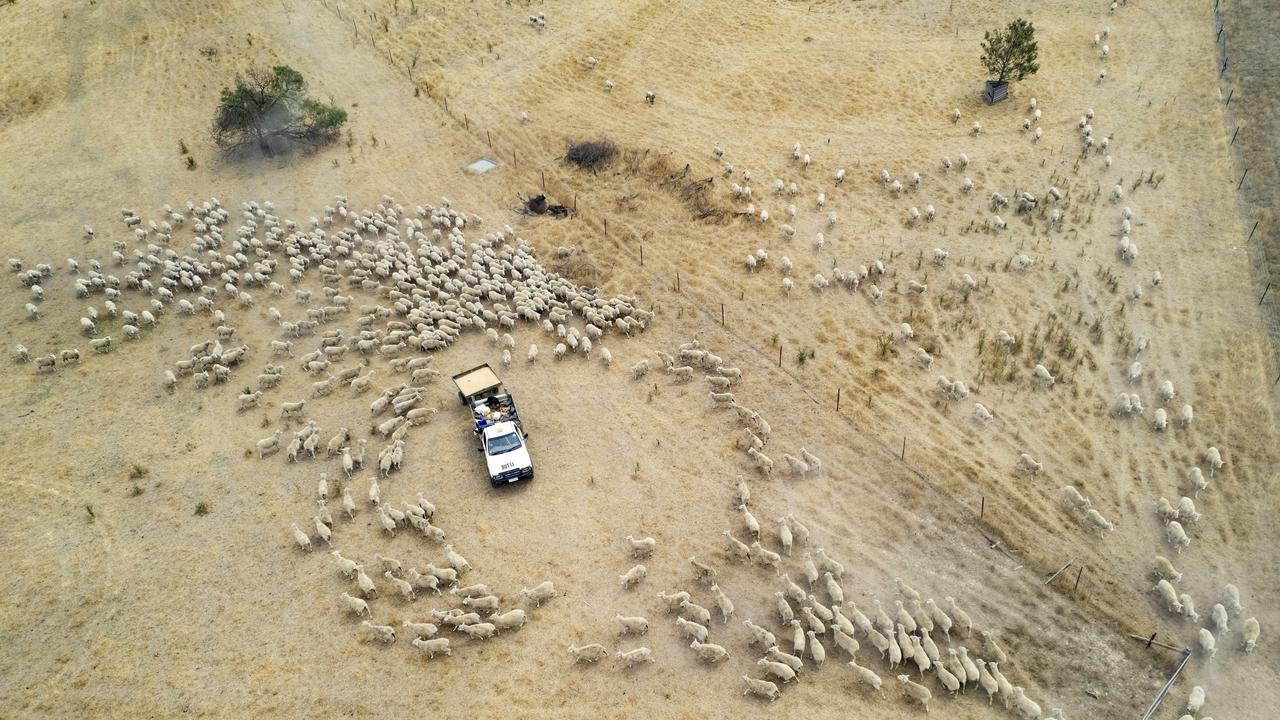Spring rainfall: Shepparton, Kerang, Wangaratta and Rutherglen hit average annual totals
Only four Victorian centres have reached their annual rainfall averages with just a month before 2025. See where the rain has hit.

Large parts of Victoria are sweating on another burst of rainfall in the next few weeks to hit their annual average annual totals this year.
Shepparton, Kerang, Wangaratta and Rutherglen are the only centres among the 196 weather stations monitored nationally by The Weekly Times to exceed their average totals with three weeks remaining in 2024.
Shepparton leads the way in Victoria with 502mm or 116 per cent of its 12-month average, helped by a further 23mm at the start of December.
But recent rains followed a dry start to spring in Victoria that resulted in some beef producers flooding saleyards with weaner cattle normally reserved for feature sales in the new year.
Rutherglen and Wangaratta had 129.8mm and 128.6mm of rain last month, the two highest November totals in Victoria.

Wangaratta had the most spring rain in Victoria with 215.8mm,
Moyhu cattle farmer Barry Clarke said it “just came out of the box” with another 25mm falling in the last two days.
“It’s been a bumper spring,” he said.
“We never had any heat, it was typical south island New Zealand weather, and nothing burnt off.
“The season did look tight, but traditionally, in this area, we don’t need a lot of rain to make a season.”
In NSW, Casino in the Northern Rivers region, had 375.8mm for spring and has now had 118 per cent of its annual rainfall.

Dairy farmer Ruth Kydd of Finley in southern NSW said 77mm had fallen since Friday. And in contrast they had experienced a dry spring.
“(The rain) is making management really hard for us and we still have crops to harvest, and it just keeps raining,” she said.
Lake Hume near Albury is at 57 per cent capacity compared to being near full 12 months ago.
Western Victoria’s sustained run of dry weather continued into spring, resulting in winter crops in many places harvested early or cut for hay.

Graeme McCrow of Westmere has a weather station on his property and said spring was tough with a dry start and wet finish.
A total of 43mm fell in September, 30mm in October and 54mm in November.
“It wasn’t an ideal situation and crops and pastures had suffered due to the dry conditions earlier on,” he said.
“The rain this week will make the lucerne grow.
“Harvest has stopped, we are slowly getting the crop off in dribs and drabs.”
He had almost finished harvesting canola and still had wheat and beans to go.
Hopetoun in the Mallee had only 7.6mm and 4.4mm in September and October before 43.8mm fell last month.
It has had only 76 per cent of its annual rainfall to date.
Horsham has fared even worse with only 64 per cent of its annual rainfall falling so far with 68.8mm of its long-term average of 364mm falling in January.
Across the border in South Australia it’s even more bleak.
Keith (270mm or 60 per cent), Mt Barker (450mm or 59 per cent) and Murray Bridge (178mm or 51 per cent) have had poor rainfall years.
In NSW, West Wyalong finished spring with 83.6mm to be presently sitting at 653mm or 146 per cent of its average rainfall.
Hillston (489mm or 132 per cent) and Hay (423mm or 115 per cent) have fared well, but Wagga Wagga has had only 482mm or 84 per cent of its annual rainfall.
The wettest centres nationally heading into the last month of the year are in the Northern Territory.
Tennant Creek and Victoria River Downs have had more than double their annual averages of 467mm and 667mm respectively.
STATE OF ORIGIN
(The top 10 places for spring rainfall in Victoria and NSW)*
VICTORIA
Wangaratta 215.8mm (100 per cent)
Lake Eildon 213.8mm (94 per cent)
Rutherglen 210.4mm (94 per cent)
Benalla 205.9mm (84 per cent)
Portland 200.4mm (75 per cent)
Gelantipy 208.8mm (90 per cent)
Geelong 199.2mm (83 per cent)
Yarram 179.4mm (77 per cent)
Yarrawonga 157mm (87 per cent)
Sale 151.4mm (75 per cent)
NSW
Casino 375.8mm (118 per cent)
Taree 273.9mm (110 per cent)
Murrurundi 231.2mm (106 per cent)
Inverell 198.4mm (92 per cent)
Armidale 189.8mm (104 per cent)
Wellington 184.6mm (107 per cent)
Coonabarabran 168mm (97 per cent)
Tamworth 167mm (126 per cent)
Orange 165.8mm (108 per cent)
Merriwa 163mm (114 per cent)
*Percentage of annual rainfall amounts for all of 2024 in brackets.




